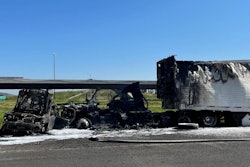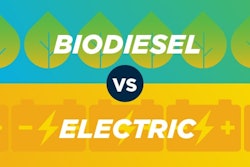A lack of diesel technicians has been a Top 10 concern of motor carriers for the last two years, according annual surveys conducted by the American Transportation Research Institute (ATRI), but this is far from a trucking-specific issue.
The supply of new entrant technicians from automotive post-secondary education programs in the U.S. dropped 11.8% (to 28,866) in 2021, widening current and projected shortfalls of professionals needed to service the nation’s automotive fleet, according to TechForce Foundation’s 2022 Transportation Technician Supply & Demand Report. The supply of program graduates/completions slipped 2.6% and 0.4%, respectively, in the diesel and collision repair segments but has fallen by a combined 17% over the past five years.
Post-secondary programs are an important pipeline to the diesel trade. According to the 2022 State of Diesel Technicians report, a survey-based report produced by CCJ parent company Randall Reilly and sponsored by Shell Lubricant Solutions, about 42% of current technicians completed a vocational/trade program in diesel engine repair, while 44% came to the field with a high school diploma and entered into an apprenticeship.
The worsening technician supply picture – with combined completions dropping from 48,208 in 2020 to 44,052 in 2021 – overshadows a strong year-over-year rebound in technician employment in the automotive (+4.2%) and diesel (+6.5%) repair segments. Total employment of collision repair technicians dropped 0.7% percent, however, continuing a six-year decline.










